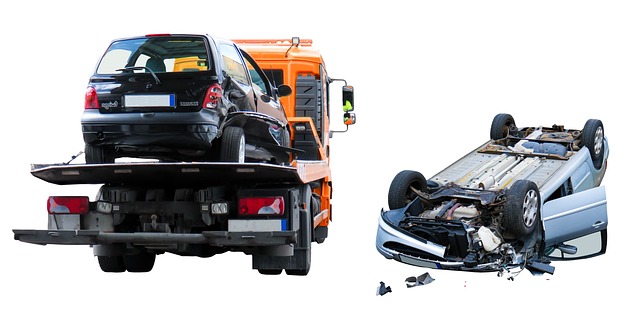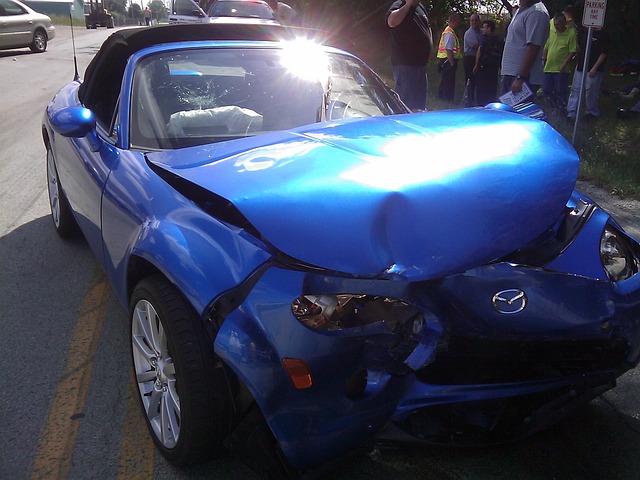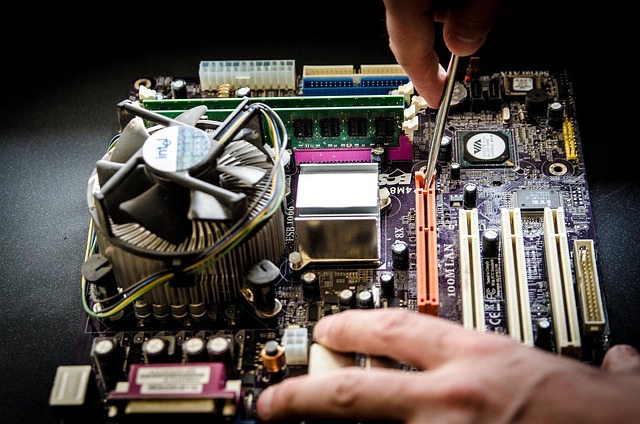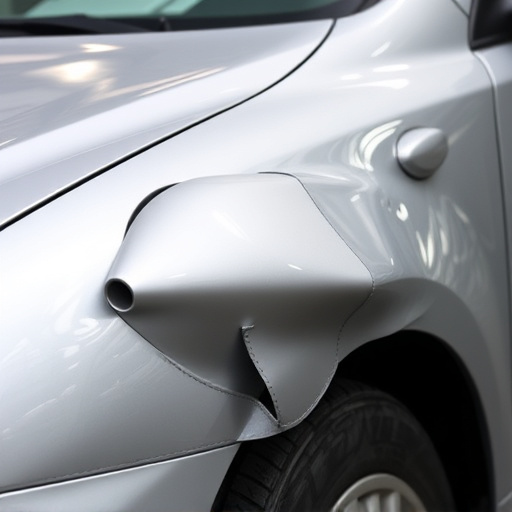Collision repair audits face significant challenges due to inadequate documentation, such as missing insurance claims, work orders, and customer consent forms, leading to billing discrepancies, quality issues, and customer frustration. Standardized digital systems for logging information like auto painting and bumper repair are often absent, causing mistakes and delays. Comprehensive records are vital for ensuring audit transparency, assessing repair quality, verifying service compliance, and facilitating continuous improvement in collision repair processes. Meticulous record-keeping is crucial for high-quality repairs and efficient turnarounds, especially in bustling urban areas.
Collision repair audits are crucial for ensuring quality, safety, and compliance in automotive restoration processes. This article delves into three common issues often identified during such audits: inadequate documentation and record-keeping, substandard work quality and techniques, and non-compliance with safety standards and regulations. By understanding these challenges, auto body shops can implement best practices to streamline operations and deliver top-tier repairs that meet industry benchmarks.
- Inadequate Documentation and Record Keeping
- – The importance of comprehensive records in collision repair audits
- – Common gaps in documentation and their potential impacts
Inadequate Documentation and Record Keeping

Inadequate documentation and record keeping are recurring issues identified during collision repair audits. Many shops fail to maintain thorough records of parts used, labor hours, and customer consent, leading to discrepancies in billing and potential fraud. Proper documentation is crucial for transparency and accountability, ensuring that every step of the repair process is accurately tracked and verified.
During an audit, examiners often find that some facilities lack standardized forms or digital systems to log and store information related to auto painting, bumper repair, and other vehicle paint repair services. This haphazard approach can result in mistakes, delays, and even substandard work, as the absence of detailed records makes it challenging to assess the quality and integrity of the repairs performed.
– The importance of comprehensive records in collision repair audits

Comprehensive records play a pivotal role in collision repair audits, serving as a detailed roadmap for assessing the quality and integrity of auto repair services. During an audit, these meticulously documented records provide an objective overview of each car damage repair process, from initial assessment to final completion. They ensure that no aspect of the collision repair remains unaccounted for, facilitating thorough scrutiny by auditors.
Maintaining up-to-date and accurate records is essential in the realm of collision repair audits. They facilitate transparency, enabling stakeholders to verify the efficacy of car repair services and ensuring compliance with industry standards. Furthermore, these detailed logs serve as a benchmark for continuous improvement, helping auto repair shops identify areas where they can enhance their processes and elevate the overall customer experience related to collision repair services.
– Common gaps in documentation and their potential impacts

During collision repair audits, one of the most commonly identified issues is a lack of comprehensive documentation. This can include missing or incomplete insurance claims, customer consent forms, and detailed work orders. Such gaps present several challenges. First, they hinder efficient tracking of repairs and costs, leading to potential billing discrepancies. Second, they may compromise the quality of auto body restoration and car paint repair by failing to capture all necessary details about the initial damage assessment and subsequent fixes. Without proper documentation, it’s difficult for technicians to ensure accurate and like-new vehicle collision repair, as every step needs clear verification against the original estimate.
Moreover, incomplete records can cause delays in processing claims, causing frustration for both customers and repair shops. In a fast-paced environment where quick turnarounds are expected, especially in bustling urban centers, these gaps can significantly impact the overall efficiency of vehicle collision repair processes. Therefore, meticulous record-keeping is not just an administrative task but a crucial component of ensuring high-quality, professional auto body restoration services.
Collision repair audits are crucial for maintaining quality standards and ensuring consumer satisfaction. By identifying common issues like inadequate documentation and record-keeping, shops can take proactive measures to enhance their processes. Thorough records are essential for effective audits, allowing for accurate assessments and improvements. Addressing these gaps not only benefits the shop’s reputation but also contributes to a more reliable collision repair industry overall.














